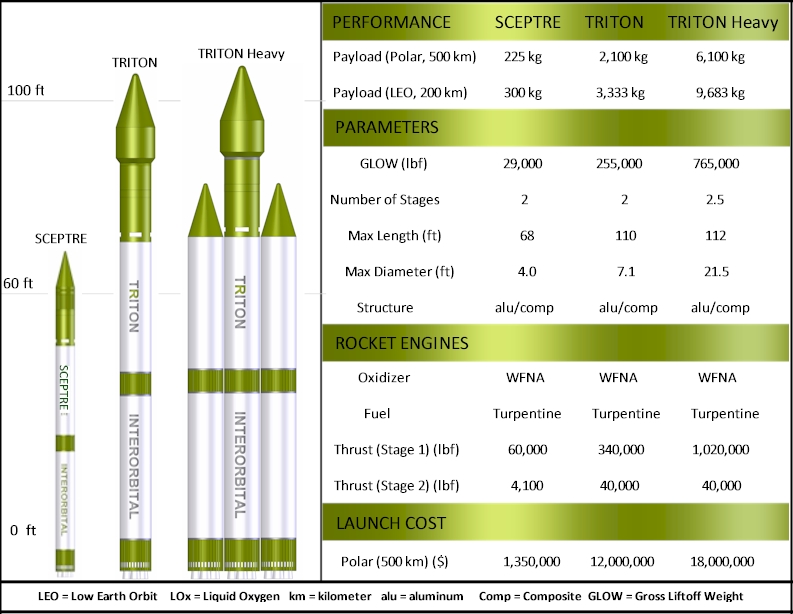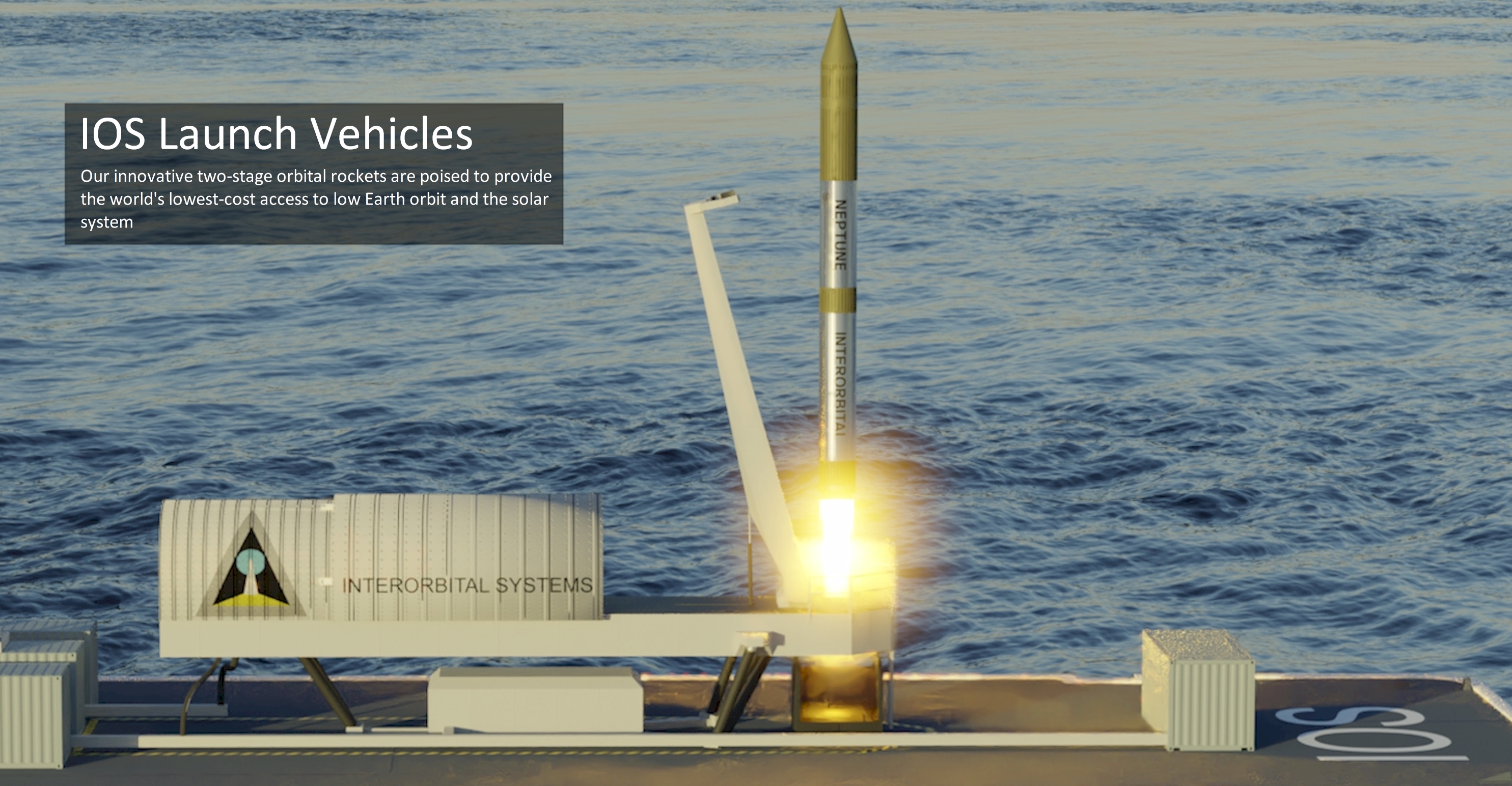
Our two-stage NEPTUNE and SCEPTRE FREIGHTER launch vehicles are powered by high-density storable WHITE FUMING NITRIC ACID (WFNA) and TURPENTINE propellants. WFNA and Turpentine are not hypergolic. These propellants will not ignite on contact, and unlike nitrogen tetroxide and the hydrazines are safe and easy to handle. Turpentine is a renewable resource and is manufactured by distilling pine tree sap. We achieve hypergolic ignition by introducing our proprietary ignition fluid into the combustion chamber at engine start up. This is the same ignition method used to start some LOx base rocket engines. They use a mix of highly flammable triethyl aluminum and triethyl borane which is hypergolic with air. This igniter fluid cocktail is extremely dangerous to safely handle. Our hypergolic starter fluid is not hypergolic with air and is safe enough to be used in the food industry.
The exhaust products generated by WFNA and Turpentine are cleaner than the exhaust products generated by LOx and kerosene according to the NASA ODE propellant analysis program and several other independent studies. WFNA and Turpentine's primary exhaust product is inert nitrogen gas which makes up around 80% of the atmosphere we breathe. When handled properly, WFNA is one of the most eco-friendly oxidizers available.
Our ablatively-cooled rocket engines are currently the most advanced in the industry. They are rapidly manufactured using a filament-winding process. These state-of-the-art composite engines are constructed with the most advanced high-temperature resistant composite materials, allowing the engines to be safely operated for up to forty minutes. Ablatively-cooled rocket engines cost less to manufacture and are more reliable and much lighter than the typical regeneratively-cooled engines that use primitive nineteenth-century steam-engine technology for cooling; they also simplify the engine plumbing and the engine re-start process while on orbit. High-density storable propellants in combination with ablatively-cooled rocket engines were chosen by NASA during Apollo because this is the most reliable and safe propulsion technology for crewed Lunar and deep-space missions.
Launch vehicles powered by high-density storable propellants have several advantages over rockets using cryogenic propellants. Metal propellant tanks filled with storable propellants don't change dimensions like they do when filled with the super-cold cryogenic-propellants; seals are easy; no worries about frozen components such as valves and valve actuation systems; propellant tanks are smaller and lighter due to the propellant's high density-specific-impulse; propellants don't evaporate or have to be vented; propellants can be stored in simple metal storage tanks at room temperature; the cost of propellant storage and transportation infrastructure is relatively low; fueling and defueling can be accomplished without evaporation and loss of propellants; no ignition system is required; launch vehicle can be left fully-fueled on the pad almost indefinitely for rapid-response launches; on-orbit transfer of propellants is simple; and storable propellants are ideal for Lunar and deep-space missions
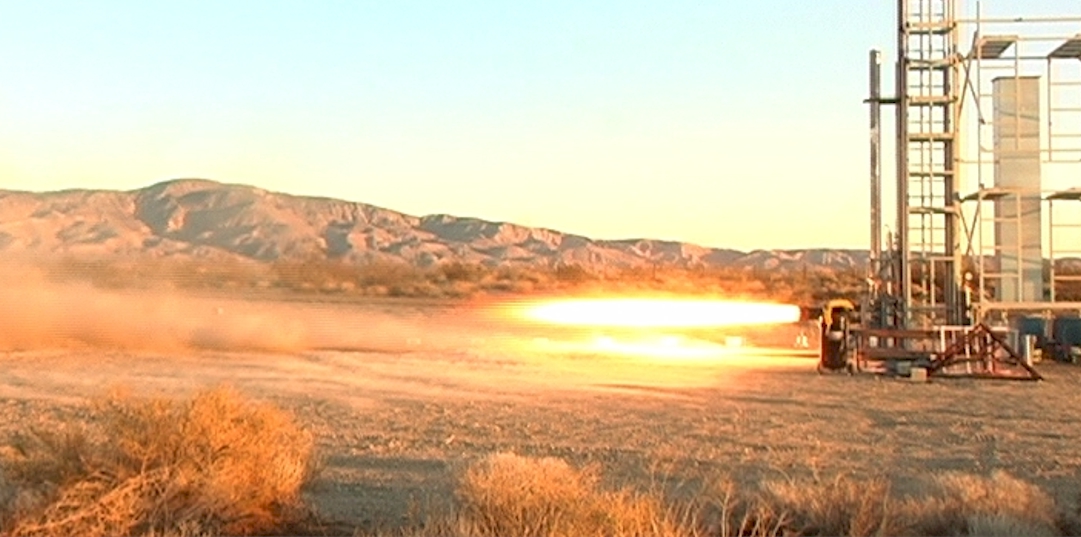
The propellants are fed into the NEPTUNE liquid rocket engines by a proprietary pressurant system that does not require dangerous and heavy high-pressure pressurant tanks. This system design results in a propellant tank/pressurant system that weighs the same as an equivalent propellant tank/pressurant system/pump-fed system. By eliminating the propellant pump and its heavy electric or gas-generator pump-drive system, we have substantially reduced both the overall rocket development cost and the manufacturing cost.

IOS customers can choose from a variety of orbits, ranging from sun-synchronous to equatorial. Our mobile Ocean Launch Platform allows us to select the launch location for optimum performance. Circular, elliptical, and custom orbits are available
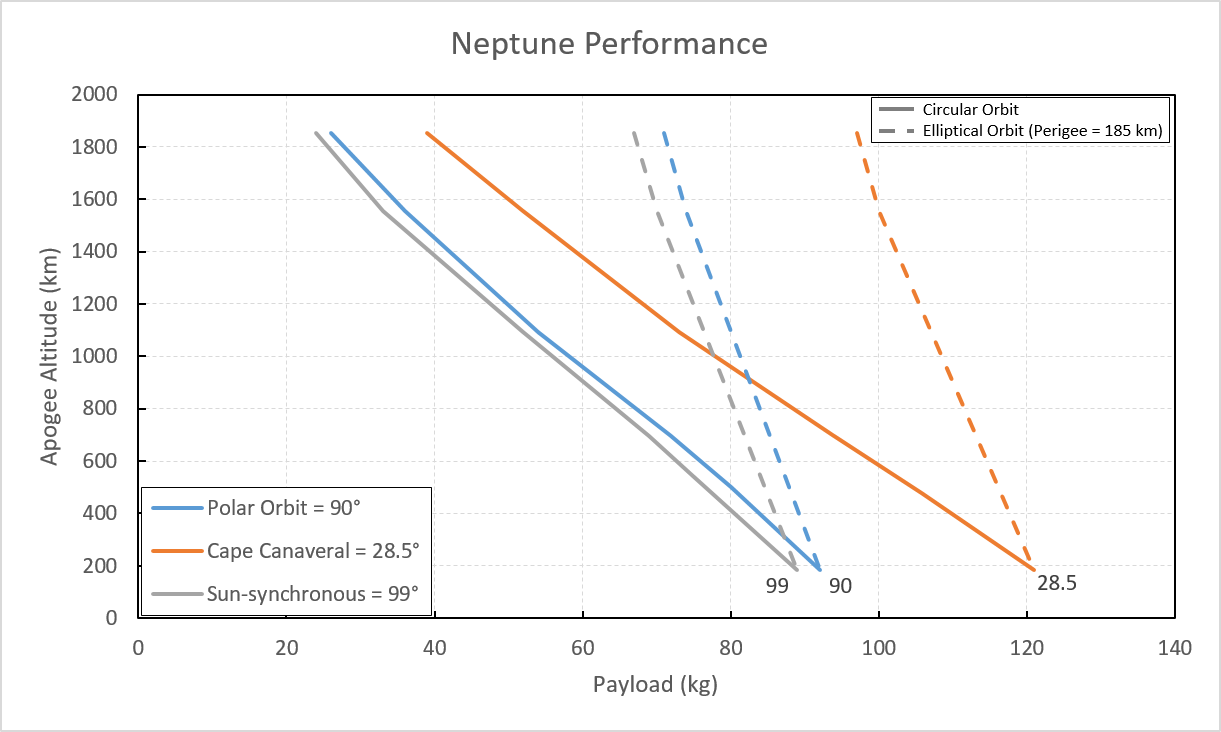
IOS rockets can be launched from land or from an ocean-going barge with motion compensation. Equivalent to a private spaceport, barge-launch eliminates the enormous cost of liability insurance when launching from the existing land-based spaceports and allows IOS to schedule launches based only on the weather and sea conditions. Our first ocean-based orbital flights will take place from the Pacific Ocean southwest of Los Angeles.
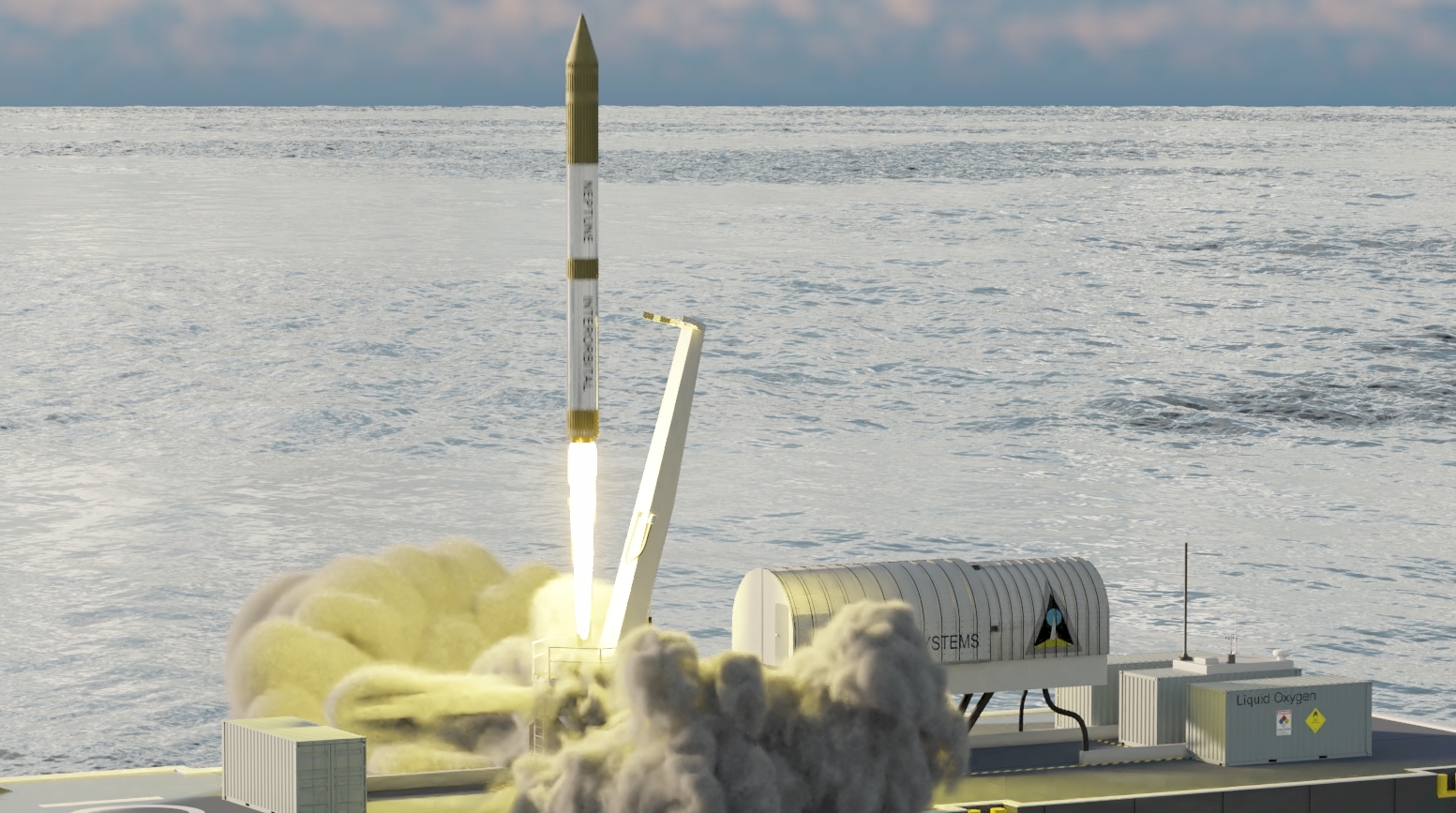
An ongoing series of NEPTUNE Test Vehicle launches began in 2014. The first in the series of test launches was the successful launch (below) of the CPM-TV, which included a test of a stage-one prototype rocket engine. The first flight test the NEPTUNE second-second stage rocket engine was carried out with the IOS Neutrino rocket launch in 2018.
Launch of NEPTUNE Prototype
At just $1,350,000 per dedicated launch, the NEPTUNE launch vehicle will be the lowest-cost small launcher on the market. It is designed to launch multiple nanosatellites or single satellites with payloads up to 225-kg to low-Earth-orbit. For ride share missions, we plan to charge a fraction of the price the current launch-booking agencies are charging. For example, we are charging less than $100,000 per 3U CubeSat (commercial rate). For dedicated launches with a price of $1.35 million per launch, the price per kilogram of payload is a low $6,000 per kilogram.
A scaled-up version of the NEPTUNE rocket, the TRITON rocket, is currently in development. Its upper stage is powered by the same four engines that power the NEPTUNE first stage (with vacuum optimized expansion nozzles). The basic TRITON launch vehicle is expected to cost only $12 million per dedicated launch with a maximum payload of up to 3,333-kg or $3,600 per kilogram. The TRITON Heavy rocket is assembled from a TRITON core-stage with two TRITON boosters strapped to each side. With a much higher payload capacity of up to 9,683-kg with a launch cost of $18,000,000, we expect to charge only $1,860 per kilogram on dedicated launches of the TRITON Heavy, a price far below that of our current competitors.
